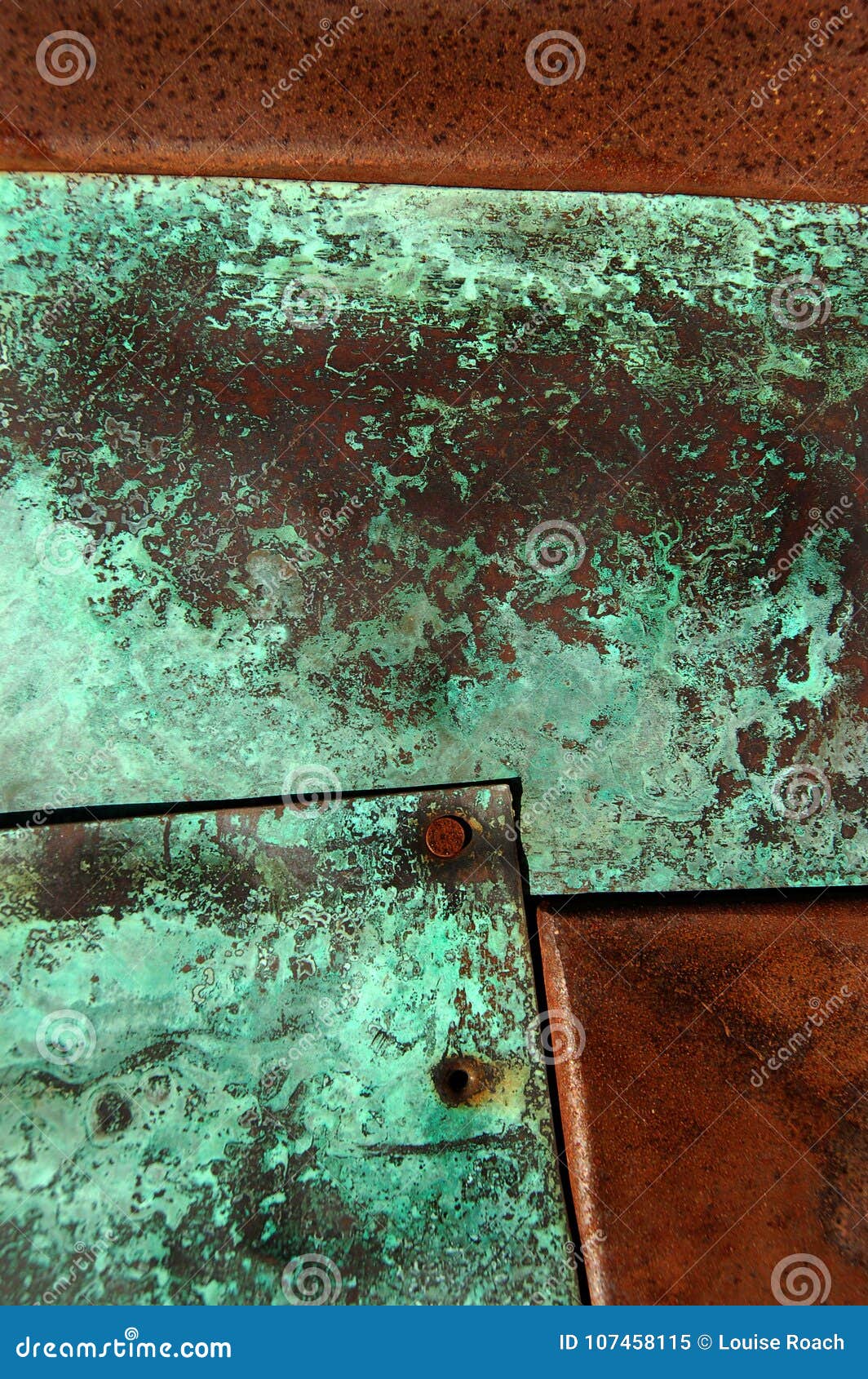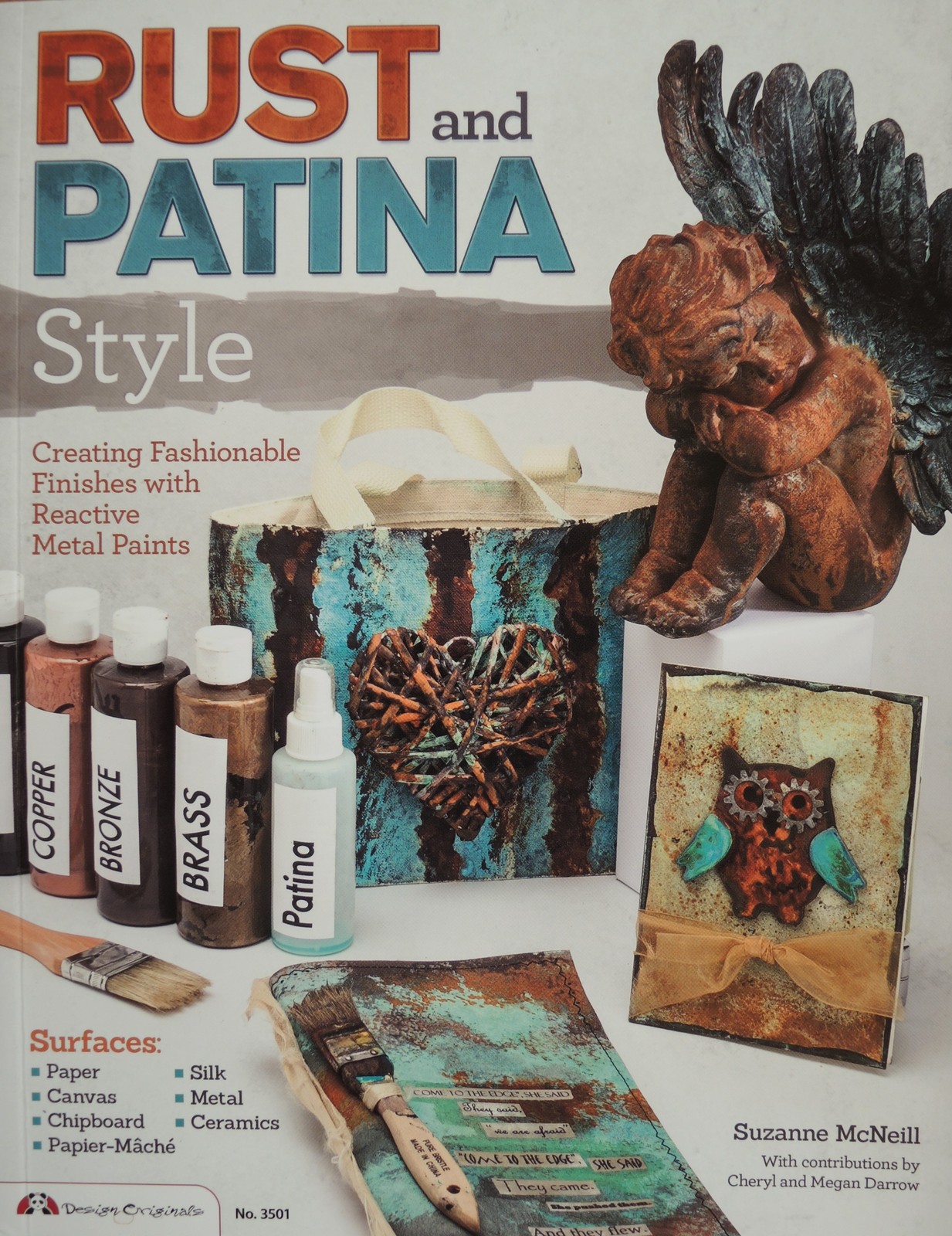

Never use chemicals when medicated (legally or otherwise) or under the influence of alcohol. Young children should always have adult supervision when using any chemical. This information is for instructional purposes only, in the spirit of sharing, and is not intended to be misused by wise guys for practical jokes, or used by people who shouldn't be handling chemicals in the first place. You are ultimately responsible for using this information in a safe, conscientious manner and for not using it irresponsibly.
#Rust patina how to
Judging by the number of posts on forums asking how to do this, I see I am not the only one who wants to actually promote, rather than prevent, rust on iron and steel objects. I like the results so much, and there is so little practical information on the subject that is accessible to the general public, I thought I'd share this simple method with the instructables community. I got spectacular results which have not only withstood the wind and rain of the southwest but have actually improved with the help of mother nature.


However I finally did find a simple safe method, using on-hand household chemicals, buried deep within a thread on the subject at a metalworking forum. I searched the net and found mostly dangerous methods to induce rust on steel using highly caustic or acidic chemical solutions. Seeing it was taking so long, I decided to take things into my own hands and, ah, "help" mother nature along and accelerate the process. I wanted it to have a nice rust patina that looked like it had been hanging on the eaves of a lobster shack, at the end of a pier, for many a year, being splashed and buffeted by nor'easters and sudden gales. Well, the unpainted inside did rust completely after about a year, but the outside only rusted slightly, near the bottom, even after exposure to the sun, rain, and snow of the northeast for eight years. It came painted black on the outside and was supposed to develop this rich rust patina naturally over time. It is made of COR-TEN steel which is designed to rust on the surface to create a protective barrier against further rusting. It has the haunting melancholy sound of a bell buoy at sea being tossed by wind and waves. I've had this Maine 'buoy bell' wind chime for about eight years now. This instructable will show you a fast, safe method, using common household chemicals that you probably already have, to produce a rich rust patina on iron and steel to give it a weathered, aged appearance.


 0 kommentar(er)
0 kommentar(er)
